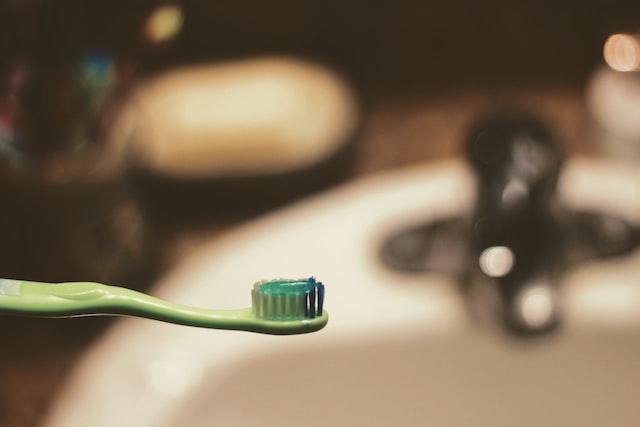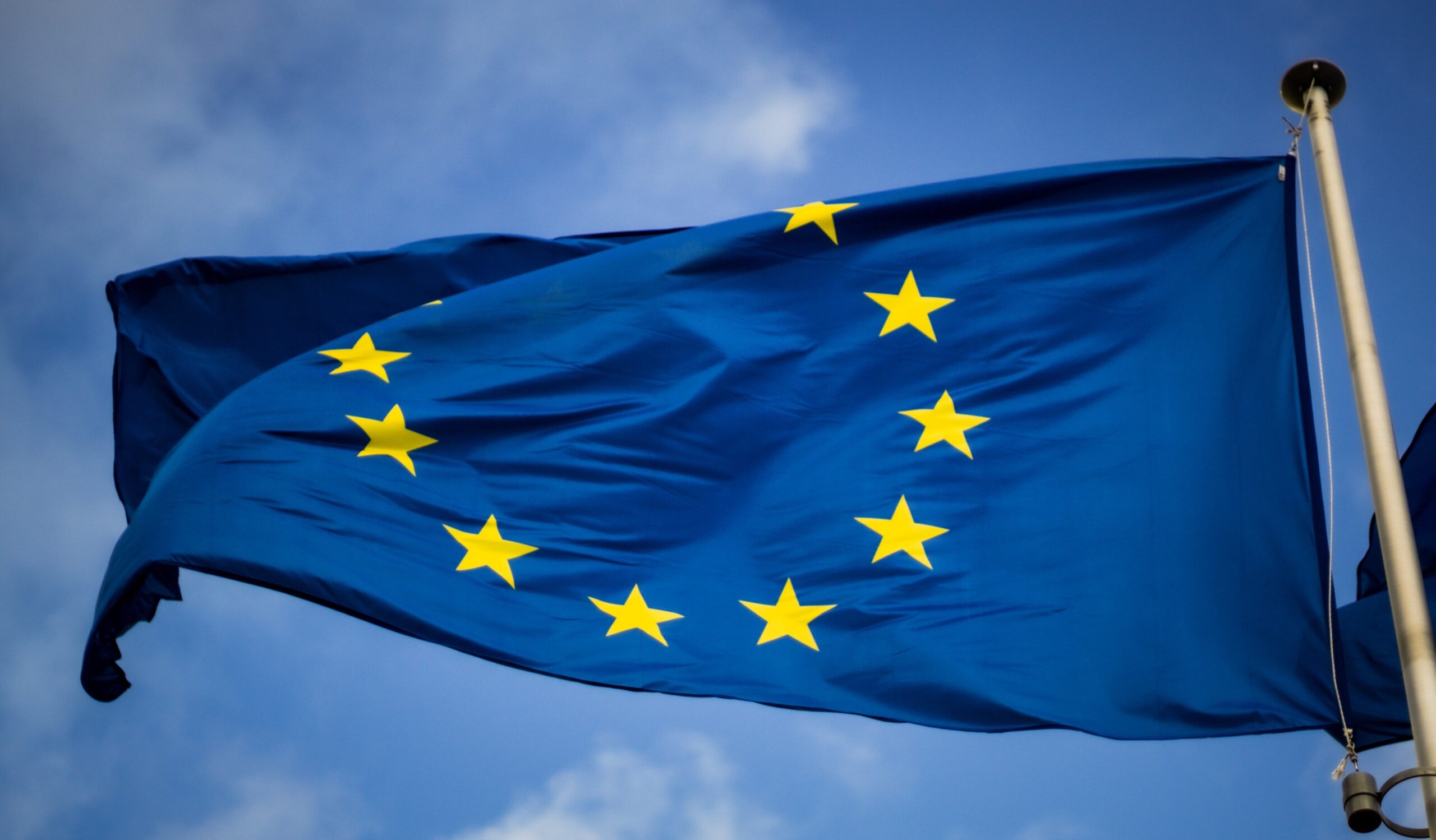On 22 March 2023, the European Commission proposed a new Green Claims Directive to tackle the growing issue of greenwashing. This is an important step towards increasing transparency and trust in environmental claims and in the protection of businesses and consumers from harmful greenwashing practices.
What is greenwashing?
The term greenwashing was first used by Jay Westerveld in the 1980s and implies any dishonest practices used by businesses to represent themselves as more sustainable, either by giving a false impression or providing misleading information as to the sustainability of a product or service.
Why is this a problem?
A claim is defined as any message or representation, not required by applicable law, that states or implies a positive impact on the environment. This includes text, images, graphic or symbolic representation, labels, brand names, company or product names.
In recent years, claiming to be “green” and/or “sustainable” has become an important competitive factor. Products marketed as green often experience greater growth, as shown by a global 71% rise in searches for sustainable goods.
However, a study by the European Commission in 2020 highlighted that 53.3% of examined environmental claims in the European Union (EU) were found to be vague, misleading or unfounded, and 40% were unsubstantiated.
What is being done?
The European Commission wants to ensure that consumers have more clarity on the sustainability characteristics of a product by proposing a Directive on substantiation and communication of explicit environmental claims (the so-called “Green Claims Directive”), that was published on 22 March 2023.
The proposed Green Claims Directive aims to establish the first set of detailed EU rules for the substantiation of green claims and regulate the use of environmental claims in marketing communications in Europe. The proposal includes:
- clear criteria on how companies should prove their environmental claims;
- requirements for these claims and labels to be checked by an independent and accredited independent party;
- new rules on governance of environmental labelling schemes to ensure they are transparent and reliable;
- the obligation for companies to provide clear and accurate information about the environmental impact of their products or services;
- prohibition of unsubstantiated or vague environmental claims;
- stopping public labelling schemes and labels with aggregated scoring; any new private labelling schemes must prove that they are of added value compared to the existing labels;
- offending companies will be subject to penalties ranging from fines to confiscation of revenues, and temporary exclusion from public procurement processes and public funding.
What now?
The proposed Directive still needs to be approved by the European Parliament and the Council of the European Union. Once adopted, the Directive must be implemented in national legislation in EU Member States which will have to designate competent authorities and give them the necessary powers for enforcement to ensure compliance with the Directive.
To be compliant, cosmetic brands will have to meet the requirements of the Green Claims Directive as well as the Regulation (EU) No. 655/2013 that already includes provisions on common criteria for substantiaging claims relating to cosmetic products.
References:
European Commission – Proposal for a Directive on Green Claims








